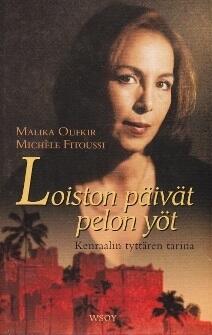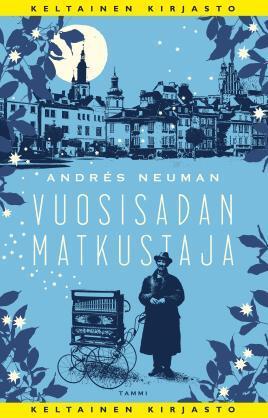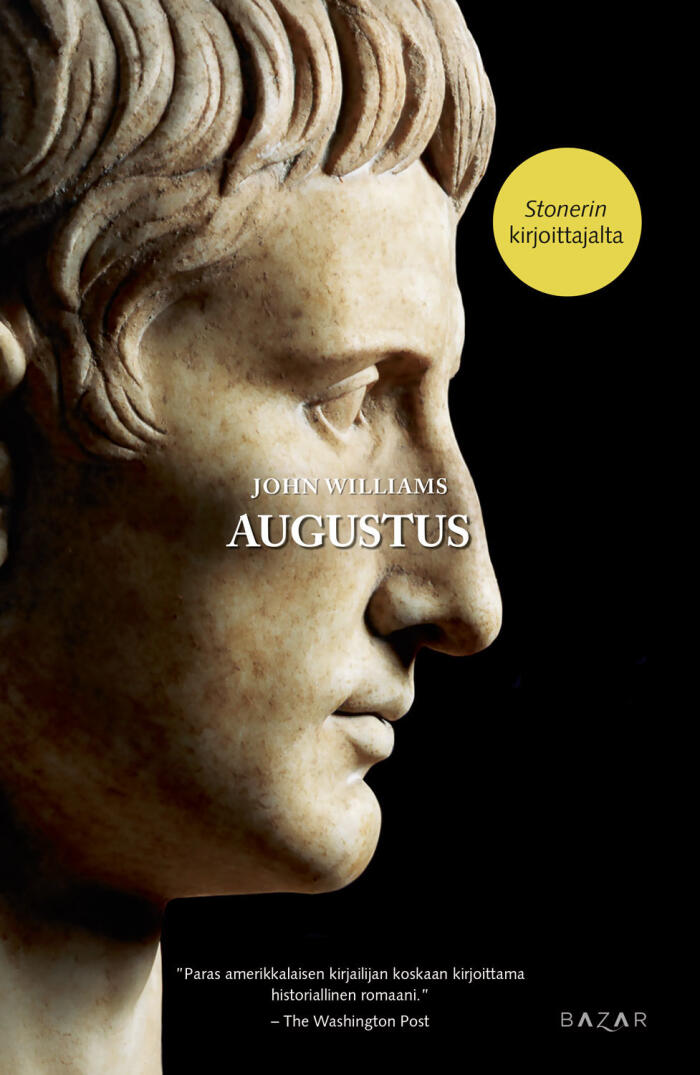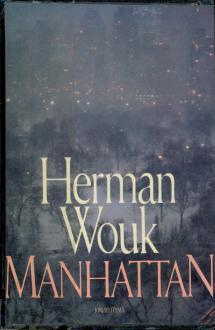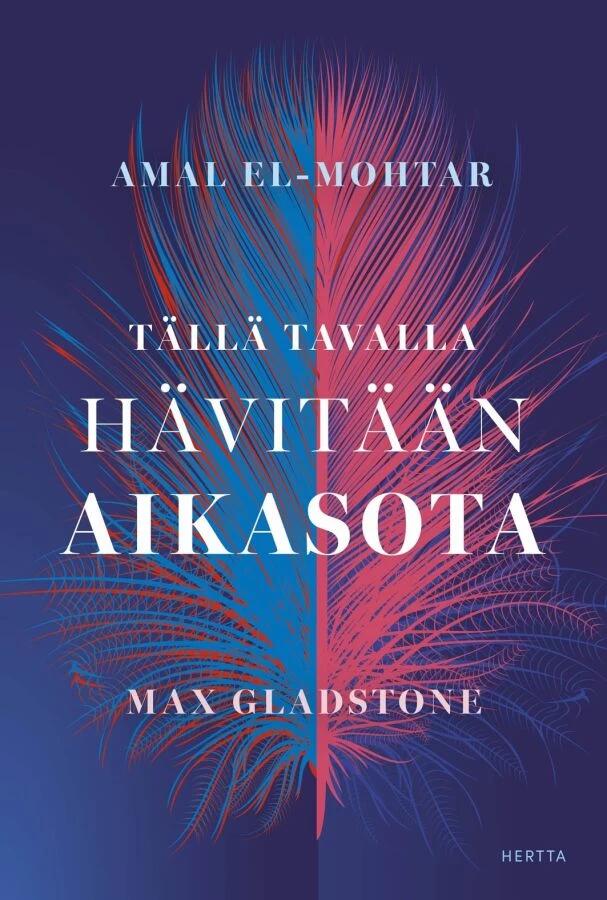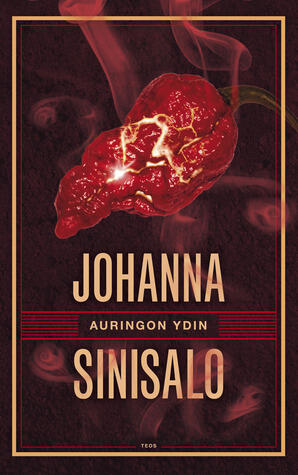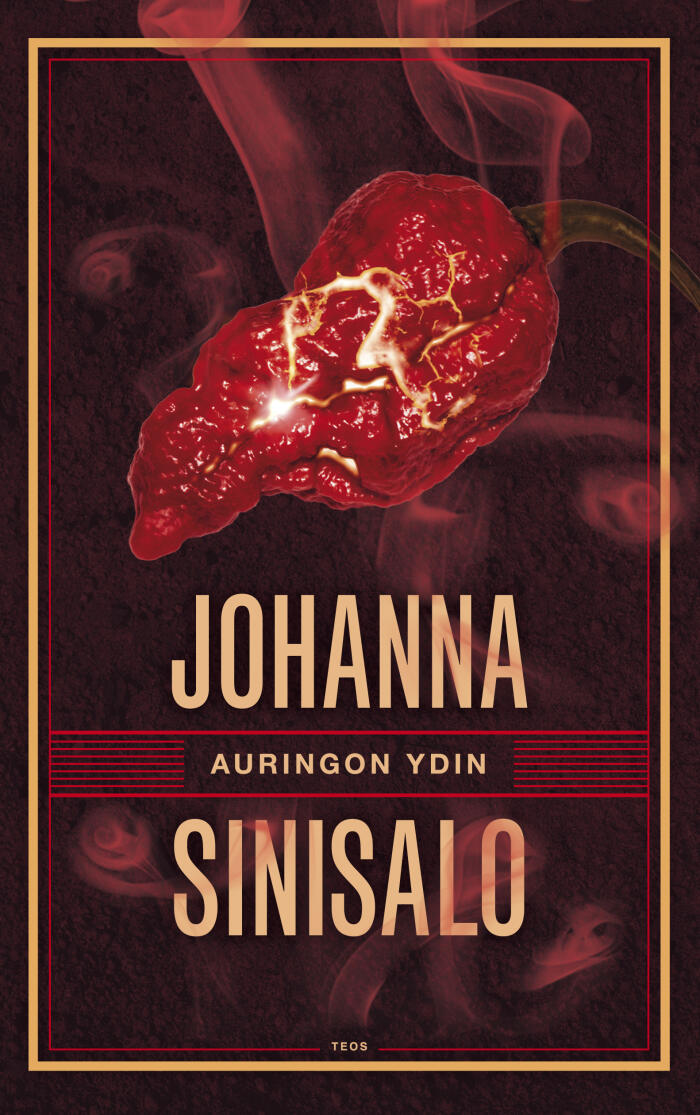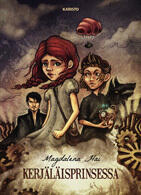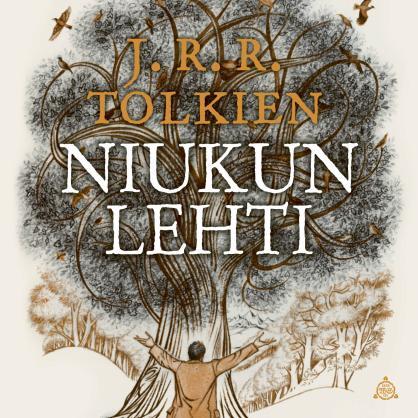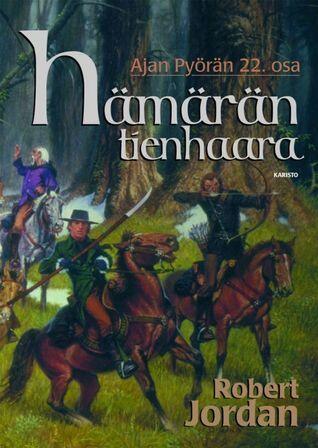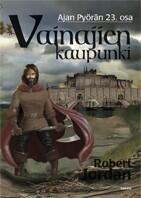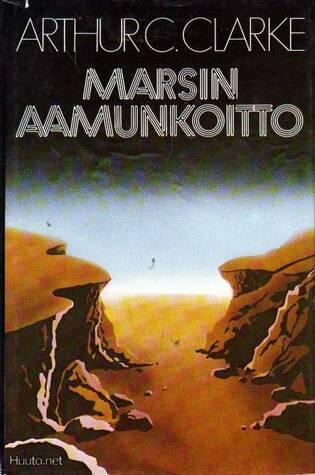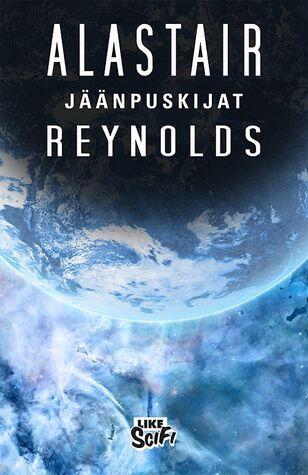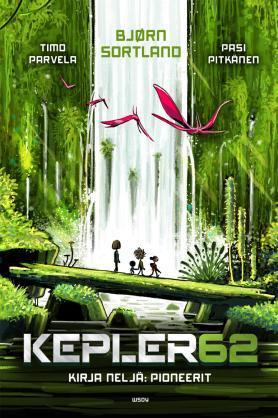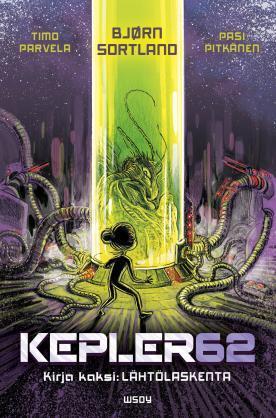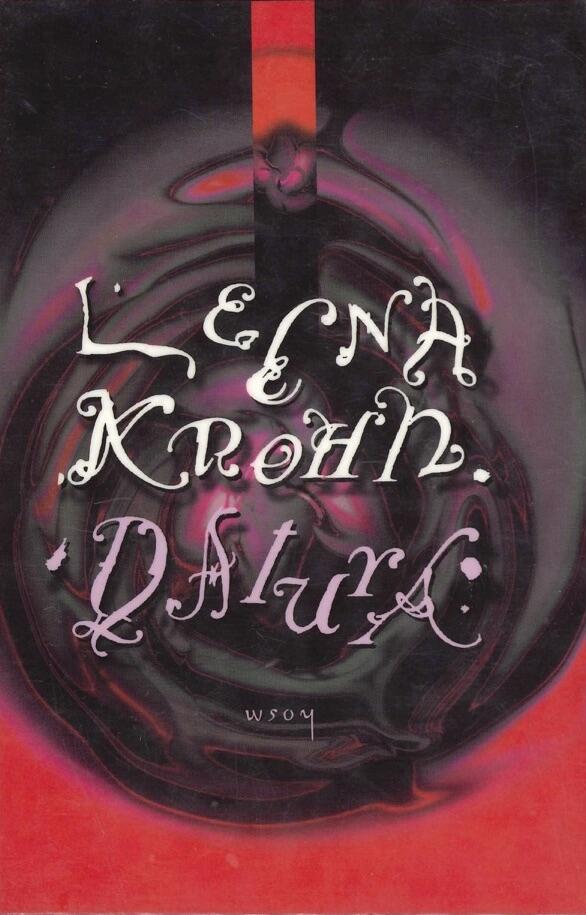
Datura: tai harha jonka jokainen näkee
によって
Leena Krohn
まだ評価がありません
Science Fiction
形式
ハードカバー
ページ数
211
言語
フィンランド語
公開されました
Jan 1, 2001
出版社
WSOY
ISBN-10
9510262234
ISBN-13
9789510262238
説明
Leena Krohn’s exploration into the mysterious world of Datura invites readers to delve into the intricate interplay between perception and reality. Through lyrical prose, she crafts a narrative that blurs the line between the real and the surreal, leading the reader on a journey through vivid landscapes of the imagination. The story unfolds in a realm where the natural and the fantastical coexist, mirroring the complexities of human experience.
As the plot progresses, Krohn introduces unique characters who grapple with their own interpretations of the world around them. The symbolism of Datura—a plant known for its potent properties—serves as a metaphor for the allure and dangers of understanding one's deeper truths. Each character is a reflection of the diverse ways individuals seek to make sense of their experiences, creating a rich tapestry that resonates with anyone who has ever questioned their perception of reality.
Ultimately, the narrative is not just about the mind's uncertainties, but also about connection and empathy. Krohn masterfully weaves a story that encourages reflection on what it means to see, how we each construct our realities, and the impact of shared experiences. The journey through Datura is both introspective and expansive, leaving readers contemplating the nature of their own visions long after the last page is turned.
As the plot progresses, Krohn introduces unique characters who grapple with their own interpretations of the world around them. The symbolism of Datura—a plant known for its potent properties—serves as a metaphor for the allure and dangers of understanding one's deeper truths. Each character is a reflection of the diverse ways individuals seek to make sense of their experiences, creating a rich tapestry that resonates with anyone who has ever questioned their perception of reality.
Ultimately, the narrative is not just about the mind's uncertainties, but also about connection and empathy. Krohn masterfully weaves a story that encourages reflection on what it means to see, how we each construct our realities, and the impact of shared experiences. The journey through Datura is both introspective and expansive, leaving readers contemplating the nature of their own visions long after the last page is turned.



